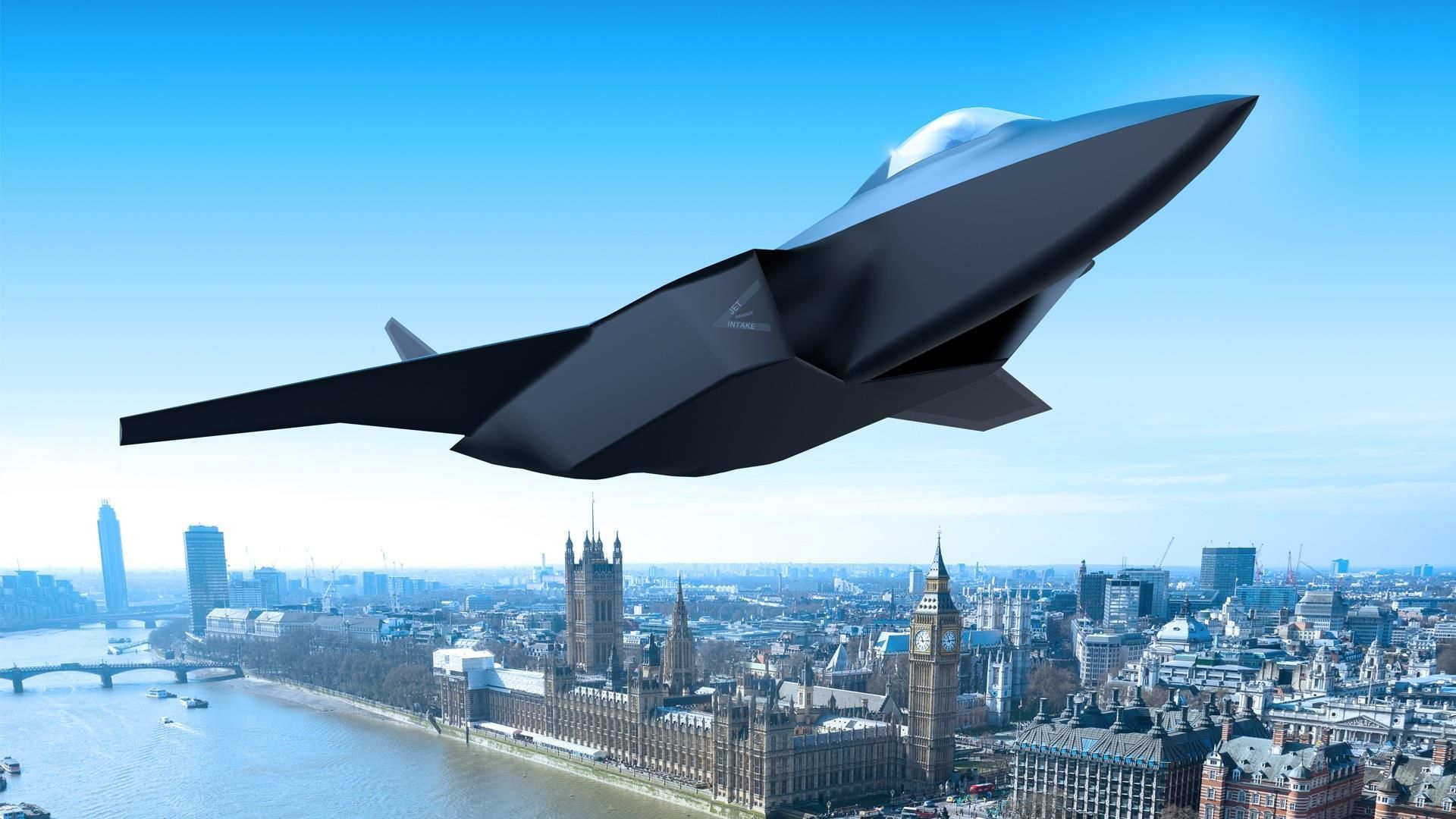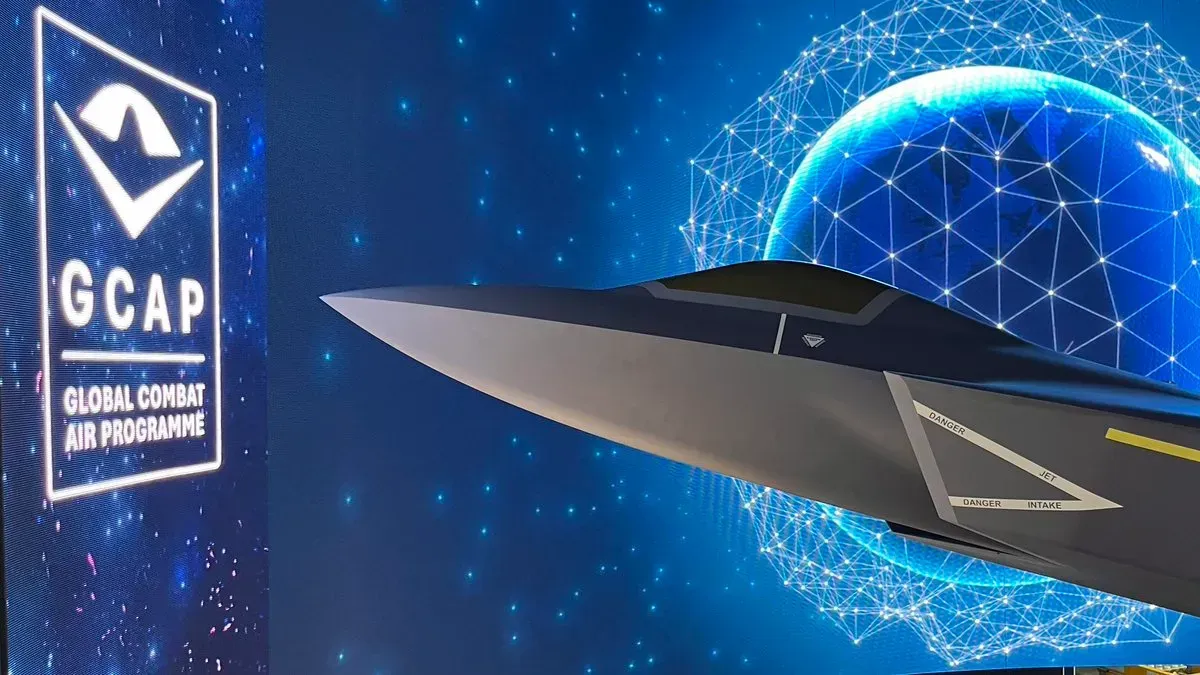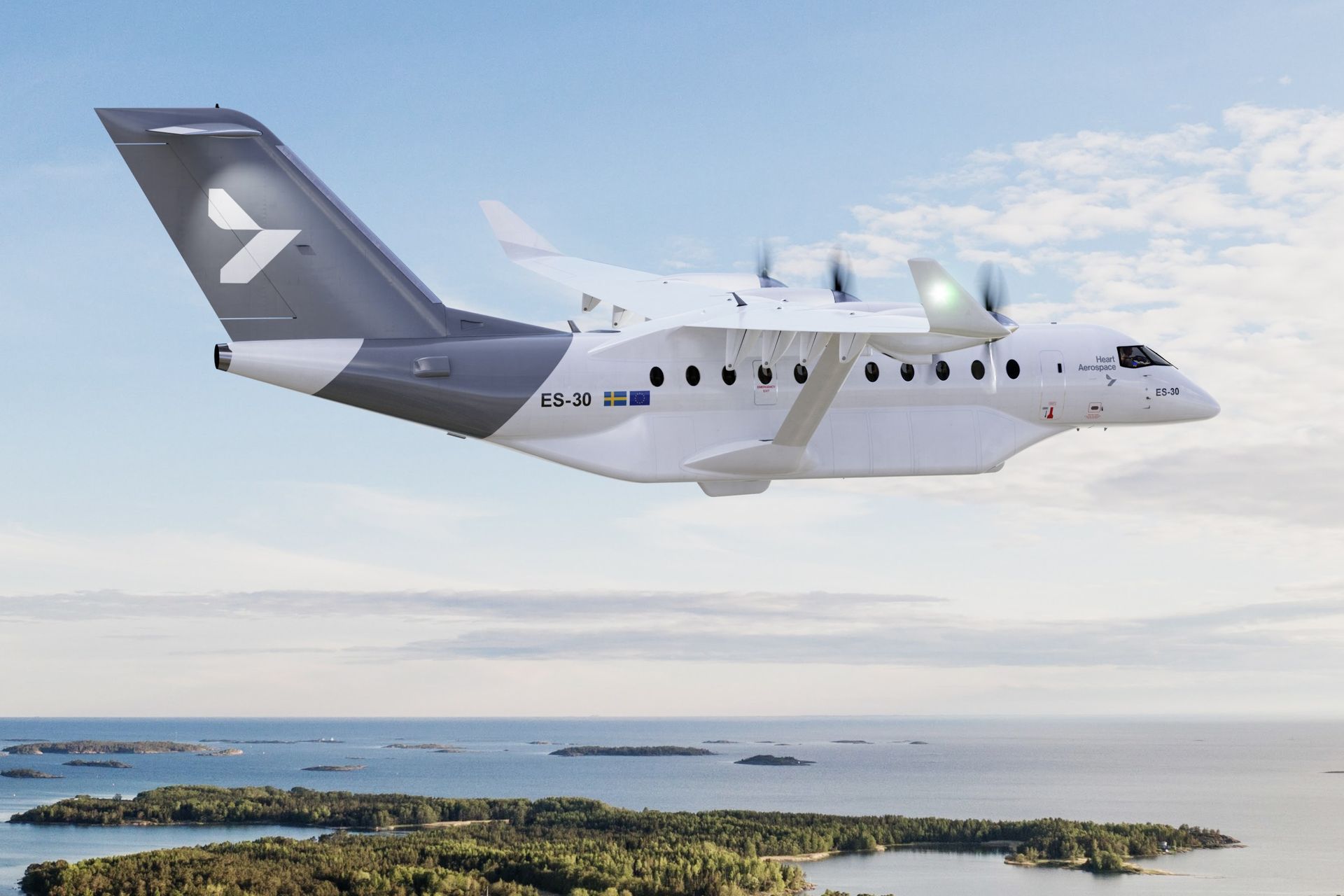Redefining Air Power: Inside the UK's Global Combat Air Programme (GCAP)

Europe's skies are set to be transformed by two unprecedented sixth-generation fighter programmes: the Franco-German-Spanish FCAS and the UK-led Global Combat Air Programme (Tempest). Explore this high-stakes rivalry, their cutting-edge technology, and the looming question of whether Europe can ultimately afford, or even needs, two distinct future combat air systems.
Europe is in a high-stakes race to define the future of air combat, and at the forefront of this ambition is the UK-led Global Combat Air Programme (GCAP). This groundbreaking initiative, often spoken of in conjunction with the Tempest concept, is more than just a new fighter jet; it's a comprehensive vision for next-generation air superiority and a vital endeavour for European defence capabilities.
While the term "Future Combat Air System (FCAS)" can be confusing, as it's used for both the UK-led effort and the Franco-German-Spanish project, for the UK, FCAS represents the overarching "system of systems" under which GCAP is delivering the core crewed platform.
What is GCAP and How is it Structured?
The Global Combat Air Programme (GCAP) is a trilateral partnership involving the United Kingdom, Japan, and Italy. This collaboration aims to develop a sixth-generation fighter aircraft by the mid-2030s.
The programme is built on a strong foundation of both governmental and industrial cooperation:
- Governmental Oversight: The GCAP International Government Organisation (GIGO) has been established as a new multilateral structure to oversee the programme's delivery on behalf of the three partner nations. The GIGO will coordinate timelines, requirements, and strategic objectives.
- Industrial Joint Venture: Key industry partners from the UK, Italy, and Japan have formed a new company under a business joint venture. This includes BAE Systems (UK), Leonardo (Italy), and Japan Aircraft Industrial Enhancement Co Ltd (JAIEC). This industrial entity will manage the development of the aircraft.
- Strategic Location: Both the GIGO and the new industry-led joint venture are headquartered in Reading, solidifying the UK’s leadership role in programme delivery.
Beyond these core partners, the UK's initial "Team Tempest" consortium—comprising BAE Systems, Rolls-Royce, Leonardo UK, and MBDA UK—continues to provide the technologies, knowledge, and expertise for the UK's Future Combat Air System (FCAS). For instance, Rolls-Royce is focusing on advanced propulsion systems, collaborating with Japan's IHI Corporation for a future fighter engine demonstrator. Leonardo is developing cutting-edge sensor and communication systems, including ISANKE and ICS, and ensuring cyber resilience across the Tempest ecosystem.
The Role and Importance of GCAP to the Tempest FCAS Programme
GCAP is fundamentally about delivering the central crewed platform of the broader UK FCAS initiative. This sixth-generation combat aircraft is intended to replace the Eurofighter Typhoon in RAF service by the mid-2030s.
Its importance extends across multiple dimensions:
- Maintaining Sovereign Capability: GCAP is crucial for the UK to retain a top-tier capability in combat aircraft design, development, and manufacturing. Without a new major project, the UK's industrial capacity and highly skilled workforce in this sector could be eroded.
- Advanced "System of Systems": The programme isn't just about a single jet; it envisions a "system of systems" with the NGF (Next Generation Fighter) at its heart, operating in concert with uncrewed aircraft (loyal wingman combat drones) and new weapons, all connected by advanced data systems. This networked approach aims to revolutionise air power by enabling real-time information exchange across air, land, sea, space, and cyber domains.
- Technological Innovation: GCAP will push the boundaries of current technologies, incorporating features like stealth, artificial intelligence, deep learning, directed-energy weapons, swarming drone control, and virtual cockpits. It seeks to enable fast adaptability and break the trend of inter-generational cost increases through digital engineering and software-first approaches.
International Influence and Export Potential: From its inception, the UK's approach has been "international by design" to maximise export potential. GCAP aims to be a showcase for next-generation combat technology and a competitive option in the global market to come.
Future Plans and Timeline
The GCAP programme has clear milestones ahead:
- Initial Investment: The UK has already invested over £2 billion in FCAS/GCAP and the associated Team Tempest research and development programme. The government plans to spend more than £2 billion by 2025 on the project.
- Demonstrator Flight: A demonstrator aircraft is planned to fly within five years of July 2022, indicating a target of by 2027. Development of this demonstrator is already underway at the BAE Systems facility in Warton, England.
- Service Entry: The ultimate aim is for the GCAP's sixth-generation fighter to enter service by the mid-2030s.
- Development Phase: The collaborative development phase of the programme is scheduled to commence in 2025, with partners signing a cost-sharing agreement beforehand.
- Long-term Vision: The programme aims for sustained and spiral upgrades, with a lifespan potentially extending beyond 2080.
While some observers raise concerns about the programme's substantial costs and the complexities of international collaboration, the partners view the current collaboration as "very positive" and essential for delivering a cutting-edge combat air system. GCAP is seen as an
"existential project" for maintaining European industrial and technological sovereignty and ensuring future strategic autonomy. It's a testament to the ambition that Europe intends to remain at the forefront of air power for decades to come.
"The GCAP partners have woken up – they’ve had more experience with operating the F-35 than those who have rushed to buy it over the past two/three years, and their solution? Build a new fighter system."
The Loyal Wingman CONCEPT - An INTRO
The concept of the "loyal wingman" is a fundamental component of the next-generation combat air systems being developed in Europe, notably within the UK-led Global Combat Air Programme (GCAP)/Tempest and the Franco-German-Spanish Future Combat Air System (FCAS).
Here's a breakdown of the concept:
- Definition and Core Idea:
- A loyal wingman is a type of uncrewed collaborative combat air platform or remote carrier (RC) designed to work in conjunction with manned fighter aircraft, such as the Next Generation Fighter (NGF).
- The overall vision is for a "system of systems" where manned aircraft operate alongside these unmanned assets.
- The human pilot in the manned aircraft provides high-level commands to the swarm of drones, which then manage their own mission allocation, requiring minimal attention from the pilot. The emphasis is on the "teaming capability and intelligence" rather than just the platform itself.
- Existing airframes could potentially be repurposed as remote carriers to reduce risk for manned assets.
- Role and Purpose in Combat:
- Force Multiplier: Remote carriers are intended to increase the operational effectiveness of the combat air network.
- Risk Reduction: They can perform dangerous tasks, thereby reducing mission risks to combat aircraft and their pilots.
- Reconnaissance and Electronic Warfare: Loyal wingmen support manned jets in reconnaissance, electronic warfare, and intelligence gathering. They can carry sensors and "effectors" to confuse or jam integrated air defense systems.
- Decoys and Diversion: They can serve as decoys for ground-based air defenses, emulate manned aircraft to trick enemy systems, or act as sacrificial bait.
- Extended Reach and Firepower: Loyal wingmen can function as flying weapons bays for the NGF, boosting the fighter's combat persistence without requiring it to carry external weapons. They can also carry missiles and other "effectors" to perform strikes.
- Distributed Sensor Networks: They can operate as a distributed sensor network far ahead of the manned fighter, identifying potential targets and threats.
- Battle Damage Assessment: Loyal wingmen can also conduct battle damage assessments.
- Technological Integration:
- The loyal wingman concept relies heavily on a "Combat Cloud" network which connects all platforms – manned, unmanned, and other systems across various domains (air, land, sea, space, cyber). This cloud is described as the "Internet of Military Things".
- Artificial Intelligence (AI) is crucial for offloading simpler tasks from the pilot, aiding in decision-making, and preventing the loss of drones if the data link is severed. AI helps analyze complex situations and recommends actions, with human validation or veto power retained.
- The system aims for high levels of stealth and maneuverability, allowing operations in denied areas.
- Secure and Resilient Data Links: The continuous and secure exchange of information requires robust data links that are resilient to cyberattacks and jamming. The use of a local network within a formation can be more resilient than satellite links which are prone to jamming.
- Programmatic Context:
- Both the UK's GCAP and the Franco-German-Spanish FCAS programmes include the development of loyal wingmen or remote carriers as a core element.
- The UK's "Team Tempest" initiative includes a focus on swarming UAVs, possibly based on the Lightweight Affordable Novel Combat Aircraft (LANCA) project.
- The FCAS industrial structure allocates the prime contractor role for Remote Carriers to Airbus (Germany), with MBDA (France) as the main partner, focusing on small and large remote carriers respectively.
- Other nations like Russia and the United States are also developing their own loyal wingman programmes.





